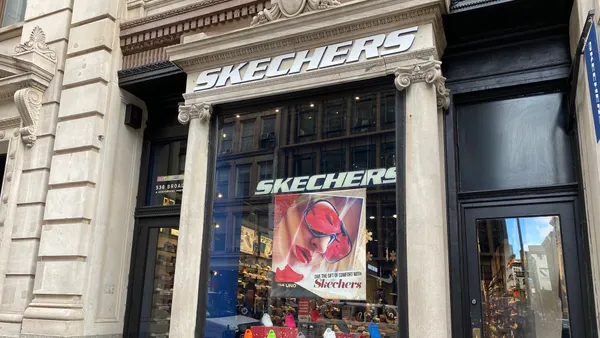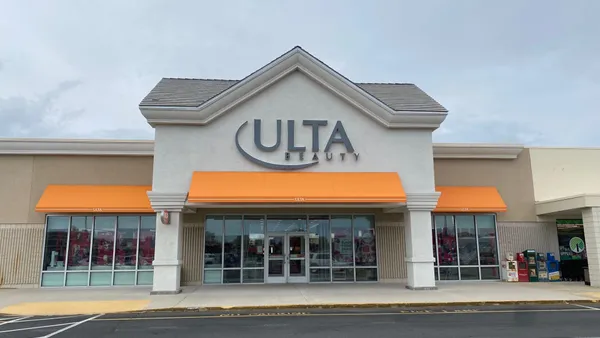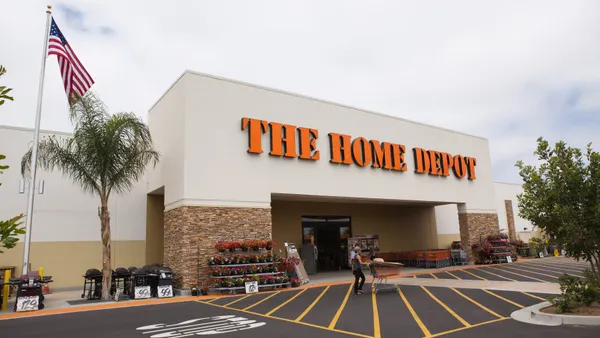Dive Brief:
- A federal bankruptcy court on Monday gave Sears approval to tap $300 million in new bankruptcy financing so it can keep operating while in Chapter 11. The senior debtor-in-possession financing is backed by Bank of America, Wells Fargo and Citibank — banks that, according to reports last week, were pushing for Sears to liquidate ahead of its Chapter 11 filing.
- The court approval allows Sears to continue paying employee wages and benefits, and to honor member programs including warranties and promotions, the retailer said in a press release. Sears Chief Financial Officer Robert Riecker said in a statement that Sears would continue "to engage in productive discussions with our creditors and other stakeholders to pursue a plan of reorganization as expeditiously as possible."
- After filing for Chapter 11 on Monday, Sears' credit was summarily downgraded to default levels by ratings agencies Fitch and S&P Global. Sears plans to immediately close 142 stores in bankruptcy and is in talks to sell its remaining stores as a going concern to the hedge fund run by Eddie Lampert, the company's chair and former CEO.
Dive Insight:
Sears' Chapter 11 filing on Monday shocked pretty much no one after years of financial distress. But there are plenty of open questions around Sears bankruptcy. Chief among them: What will ultimately become of the 125-year-old retailer by the time the process is over? And how will the sector shake out?
As Fitch analysts pointed out in a note emailed to Retail Dive, between 2006 and 2017 Sears has lost $30 billion, or 65%, of its domestic revenue base. S&P analysts noted while downgrading Sears' credit, "We have viewed the company's capital structure as unsustainable for several years due to cash use in the retail operation, pension funding requirements, and a heavy cash interest burden."
The company's closures and potential liquidation creates long-term opportunities for other retailers that compete with both Sears and Kmart. Analysts have pointed to everyone from J.C. Penney to Macy's to Walmart to the major off-price players as having an opportunity to snatch up Sears' lost sales.
Fitch analysts wrote Monday that other retailers could feel "modest negative impact" from Sears' going-out-of-business sales, but in the long term several players could capture the remaining $14.3 billion of Sears sales, 43% of which are made up of hardlines such as housewares and electronics.
As Sears tries to reorganize and keep operating through the holiday sales period, it is working to keep its supplier base in order. The retailer asked the court on Monday in a filing to create a list of "critical vendors" and keep paying them so as to avoid inventory issues.
Sears' filing outlined how fragile the retailer's supply chain has been over the past two years as its distress has become ever more evident. Many of Sears' key suppliers "reacted negatively to news of [Sears'] financial challenges by either imposing new and onerous trade terms or refusing to ship merchandise," which the company said has further damaged its liquidity and competitiveness. In the past two weeks alone, as rumors of a possible filing emerged, 200 vendors stopped or refused to ship to Sears, according to the company.
As Sears noted, fixing its supply chain during the holiday sales season is critical if the retailer is to survive Chapter 11.













